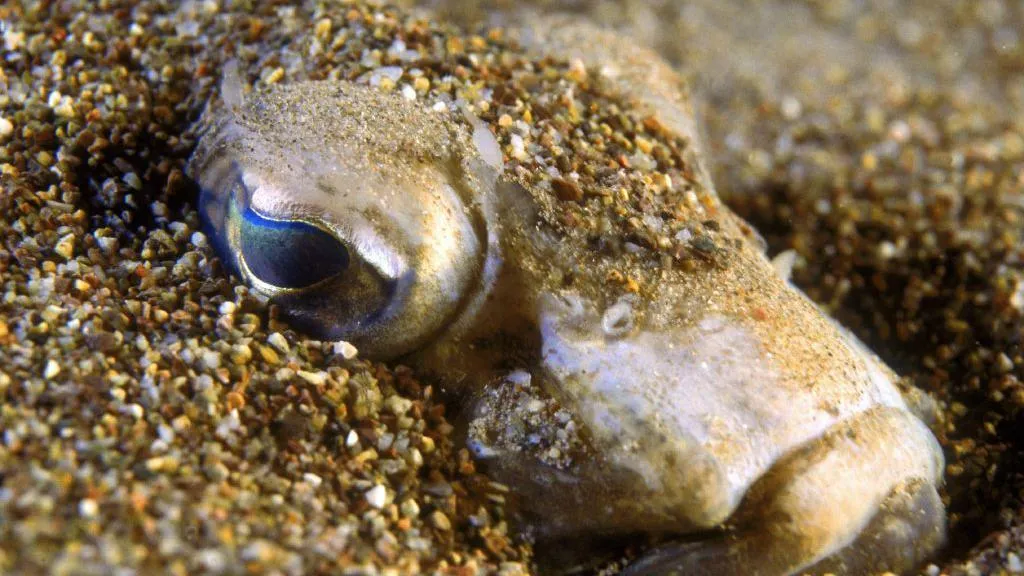Beachgoers are being advised to exercise caution to avoid painful stings from venomous fish along the Norfolk and Suffolk coasts. Reports have emerged of people suffering from stings after stepping on weever fish, which have spiny backs capable of piercing the soles of feet.
Matt Moore, 52, described his experience of being “in agony” after a sting at a beach in Southwold, Suffolk.
Elric Turbett from the Sea Life Centre in Great Yarmouth, Norfolk, noted that while weever fish are present throughout the year, they pose a greater risk during the summer swimming season. These fish, which grow to about seven inches (18 cm) long, bury themselves in the sand, making them difficult to see.
To reduce the risk of stings, Mr. Turbett recommends wearing beach shoes with rubber soles and shuffling your feet at the water’s edge to disturb the fish and encourage them to swim away.

Mr. Moore, from Brooke, Norfolk, was stung while on a caravan holiday with his wife Tracy, 53, and their family. After venturing into the water with his son, he suddenly felt a sharp, needle-like pain in his foot that intensified rapidly.
“I tried to return to our spot on the dunes, but within just 10 steps, the pain was so excruciating that I couldn’t put any weight on my foot. I had to crawl back to our setup,” he recounted.

His son’s online research identified the weever fish as the likely cause of the sting. “I was aware of weever fish, but having swum in Southwold for so many years, I never expected to encounter any problems,” Mr. Moore said. “The pain was excruciating for about 20 minutes, and it lasted for roughly an hour and a half before gradually subsiding on its own.”

Another holidaymaker, Tim from Nottingham, shared that his nine-year-old son Sid was stung by a weever fish while body-boarding at Gorleston beach earlier this month.
“Sid came out of the sea and thought he had stepped on a sharp stone,” Tim recounted. “Initially, the pain wasn’t too bad, but it quickly intensified to become excruciating. He described it as if his whole foot was on fire.”
Sid’s toe had a small amount of bleeding and a visible puncture wound. “The bottom of his toe turned completely black and swelled up significantly,” Tim added. “We first suspected it might have been from a jellyfish or a sea urchin, but after searching online, it became clear it was a weever fish, which we hadn’t heard of before.”
“The pain was quite severe for about an hour before it gradually started to ease,” he said.
Mr. Turbett, an aquarist, explained, “I wouldn’t say weever fish are inherently problematic; rather, the issue arises when we accidentally step on them.” He advised anyone who experiences a sting to seek medical attention and immerse their foot in water as hot as they can tolerate for about 30 minutes. Painkillers may also provide relief.
Rob Spray, Norfolk’s marine fish recorder, noted that the number of weever fish is typical for this time of year. However, the late summer influx of holidaymakers in the water increases the chances of encountering them. “It’s largely a matter of luck if you happen to step on one,” he said.
He further clarified that weever fish stay buried in the sand and do not venture deeper than the tideline. Their spine serves as a defensive mechanism, designed to make any predator that swallows them regurgitate them. “Weever fish don’t attack; their dorsal fin spine is simply their last line of defense,” he added.
